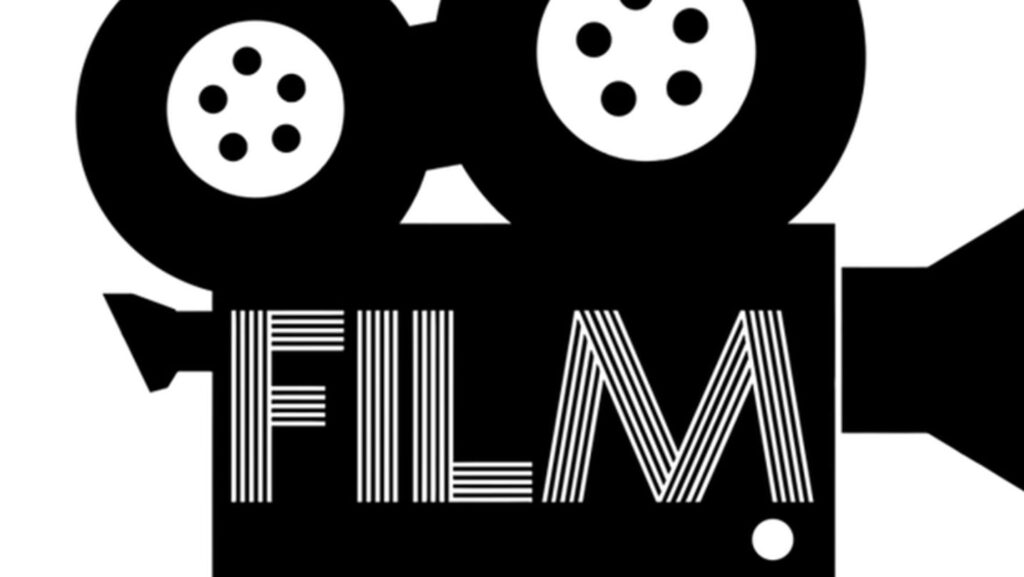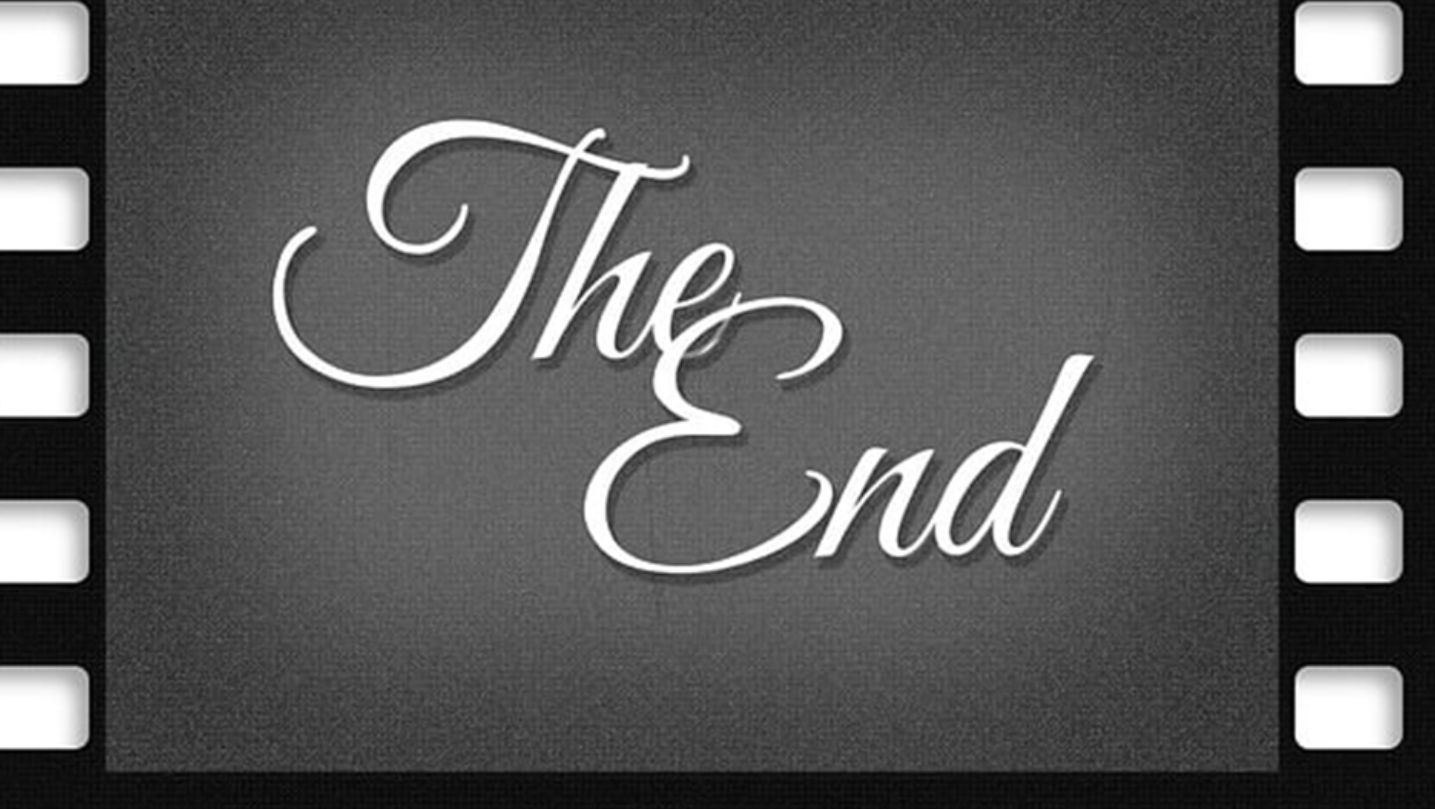
Spy movies have a large fan base for one distinct reason . . . the incredibly cool gadgets. These innovative and high-tech items play a pivotal role in cinema. While much of the equipment was introduced on the big screen, the technology eventually was interpreted into real-life products.
In the late 1990s, smartphones were foreshadowed in “Tomorrow Never Dies” as James Bond used his mobile as a remote control for his BMW as well as a fingerprint scanner and stun gun.
Nowadays, smartphones have remarkable capabilities that include controlling autos, a concept not many would have expected decades ago.
Some spyware has been around for a while, evolving and improving with technological advances. Some gadgets, such as wiretaps, spy cameras, audio recorders, bug detectors, and GPS and computer detectors, a few of which were also previewed in Bond movies.
Among the vast innovations today include advanced software, spyware such as computer trackers that help collect data on individuals or companies with the details submitted to an entity capable of controlling the unsuspecting target’s computer without them being aware.
Keyloggers are another gadget used to monitor those logging onto an owner’s computer. These tools are prominently displayed in many action or spy flicks and have transformed over time to now be able to monitor mobile devices and tablets.
Much equipment in the film world has yet to be developed in real time, including tracking serum from “Alias” and the clone-like masks depicted in “Mission Impossible” – give it time. Visit The 10 Funniest Spy Gadgets in Movies … Ever – to view fun gadgets used by spies.
Spy films have one element that other genres don’t: an ingenious lot of equipment agents use to thwart villains. Many were introduced when James Bond made his first appearance. These movies and many since boast the coolest tools and action scenes in cinema.
Many films strive to entertain and engage, taking much creative liberty with fascinating and innovative spyware, some of which transcended boundaries into real-time technologically advanced gadgets.
A few movies, such as the “Bourne” films, depict and predict equipment as a more accurate arsenal compared to more fantastical gear from the “Mission Impossible” franchise, some of which seemed to defy technological capabilities – at least currently.
Regardless of technological probability, cinema brings an intriguing glance into the world of espionage. Let’s look at films that may or may not border on the realm of real-world possibility.
“Spy Game”
While the movie offered an entertaining peek into the spy world, its perception of an agent’s capacity to hack into a security system so effortlessly and swiftly is somewhat skewed. Sophisticated security measures are much more difficu
lt to bypass and require exceptional knowledge and expertise.
Organizations today, in fact, take every precaution to prevent hackers from intruding on a company and client’s sensitive data or accessing restricted facilities.
In their quest to stay one step ahead of potential breaches, many agencies and businesses hire top-notch cyber security teams with intricate technology not so easily foiled despite an agent’s savvy skills.
“Enemy of the State”
Years ahead of its time, the film broached the concept of mass government surveillance, depicting the execution as simple and straightforward. In fact, this was an exaggeration of the time and effort required to implement intricate surveillance.
Surveillance experts follow a stringent protocol in assessing potential threats or risks and strategically devise an intelligent setup capable of monitoring and thwarting potential menaces. It’s a time- and effort-intensive process to be evaluated and tested until precise, not a swift or easy process.
A movie that shows a more realistic approach to surveillance is “The Bourne Identity,” which uses phone triangulation to determine its location. Real-time experts employ techniques like this.
“Kingsman: The Secret Service”
Some umbrellas are light and airy, strictly meant to block the sun’s harsh rays. However, when most people think of umbrellas, they imagine heavier material used to protect against harsh weather. Cinema has a whole other take on this useful tool.
In the “Kingsman: The Secret Service,” the umbrella is a gadget made of bulletproof material that also acts as a stun gun. Is this technologically feasible in the modern world of espionage?
It would seem reasonable that the material could be bulletproof, and it’s not out of the realm of possibility that developers could fashion a stun gun as the tip or in the handle to not only service spies but also as a means of protection for the average citizen.
Perhaps one day we’ll find this at Spycentre, where they keep up with current trends and the latest technologies.
“Mission Impossible – Rogue Nation”
Many people use their smartphones in a laptop capacity, but not all programs are mobile-friendly. That means carrying a laptop or tablet while on the go. This can be cumbersome and uncomfortable for a person’s back or shoulders.
Nor is it spy-friendly when an agent is trying to blend in while covertly surveilling a corrupt organization or individual, as would be the case for the primary character in this movie. Technological advances allow the convenience and discretion of an opera program that converts into a laptop complete with a touchscreen.
It would likely be printer-friendly considering the high-tech nature; however, this seems to be a pretty fantastical gadget that likely would be difficult to pull off in real-time – but we should never say never.
“The World Is Not Enough”
When trying to be discrete or act as though you belong at an event, the last thing to do is wear sunglasses indoors. But when you’re James Bond, and you need to know whether someone is carrying a weapon, x-ray glasses are a necessity.
A good idea when surveilling individuals using gadgets is to keep yourself out of view while wearing them so as not to draw attention to yourself.
Are these something spies have today, or are they likely anytime in the future? It’s difficult to say. A major concern would be the possibility of exposing your eyes to radiation. Usually, x-ray techs wear protective vests when producing diagnostic images. Protection doesn’t seem feasible with this spyware.
“Harry Potter and the Philosopher’s Stone”
It’s not certain that Harry Potter was necessarily considered a spy; however, the movies offer a wealth of gadgets most people would like to try out. For instance, if the average person had the chance to be invisible, most people would jump at the chance. You never know what you might learn about yourself and others.
The invisibility cloak is among the best spy gadgets depicted in films. It allows a spy complete discretion, keeps them out of danger, and allows optimal surveillance – even up close and personal. Spies can even toss this over themselves while fighting with an adversary to get an edge over the villain.
Is this realistic for our technological future? This would likely be an example of taking creative liberties to “wow” an audience instead of something an actual inventor would be able to reproduce – a bit unbelievable. Go here to find out where all the cool spy gadgets are in today’s films.
Final Thought
Spy movies not only fascinate and entertain but inspire and challenge real-world tech enthusiasts striving to recreate some of these cool gadgets. While they’re a major draw for anyone considering the intriguing life of a spy, the average person might find a use for one or two of these.






